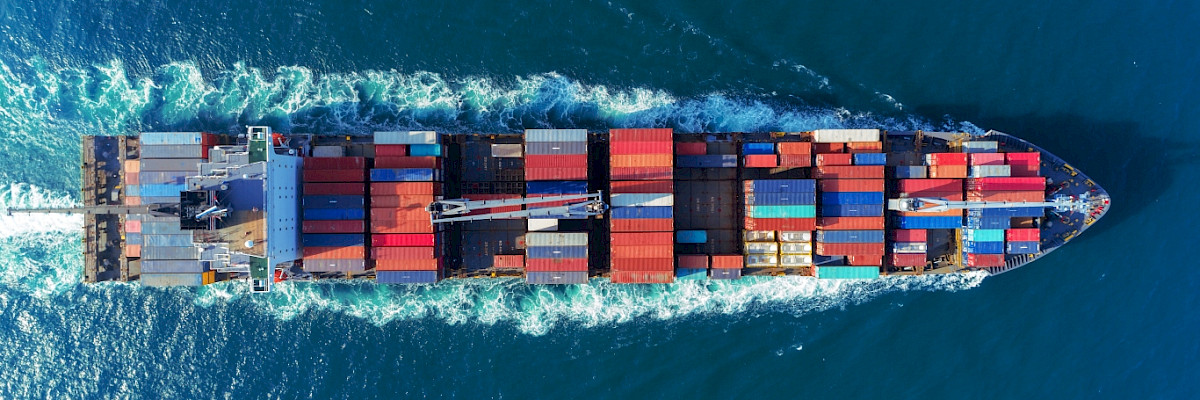
Arctic Ship Traffic Data (ASTD)
ASTD has put PAME and the Arctic Council at the forefront to monitor Arctic shipping activities.
PAME's Arctic Ship Traffic Data (ASTD) project has been developed in response to a growing need to collect and distribute accurate, reliable, and up-to-date information on shipping activities in the Arctic.
ASTD collects a wide range of historical information, including ship tracks by ship type, information on number of ships in over 60 ports/communities across the Arctic, detailed measurements on emissions by ships, shipping activity in specific areas (e.g. the EEZ's, Arctic LME's and the Polar Code area), and fuel consumption by ships.
PAME and the Arctic Council use the data from ASTD to conduct analyses and develop projects that will benefit many different projects across working groups. Participant countries, currently seven of the eight Arctic States, will have access for their own research and analysis, while Permanent Participants, Arctic Council Observers and other subsidiary bodies can gain access to the system upon request. Each user is designated access via a username and password and can download the data for their own analysis. Users are also provided with the ability to add their own data to the system, including shapefiles, to display in the System.
This project is a significant step by PAME to reduce the knowledge gap of circumpolar ship traffic in the Arctic. With changes in the Arctic sea ice extent and projected changes and increase in shipping in the Arctic, the ASTD System will allow the Arctic Council to be at the forefront of monitoring trends and assessing any changes for use in its studies, assessments, analyses, and the development of recommendations that enhance Arctic marine safety and support protection of Arctic people and the environment.
The project seeks to further the work of the shipping database developed in 2005 for the release of the Arctic Marine Shipping Assessment Report (AMSA 2009), albeit with the application of more advanced technology for data collection and presentation.
Moreover, this project has the same goal, but will look to secure sustainability by collecting and providing ongoing historical shipping data, rather than collecting information for a given year like the 2005 AMSA database did.
The project is governed by the Cooperative Agreement among the Arctic States Regarding Arctic Ship Traffic Data Sharing.
A Status Report from 2025 reviews progress to date on the ASTD Program.
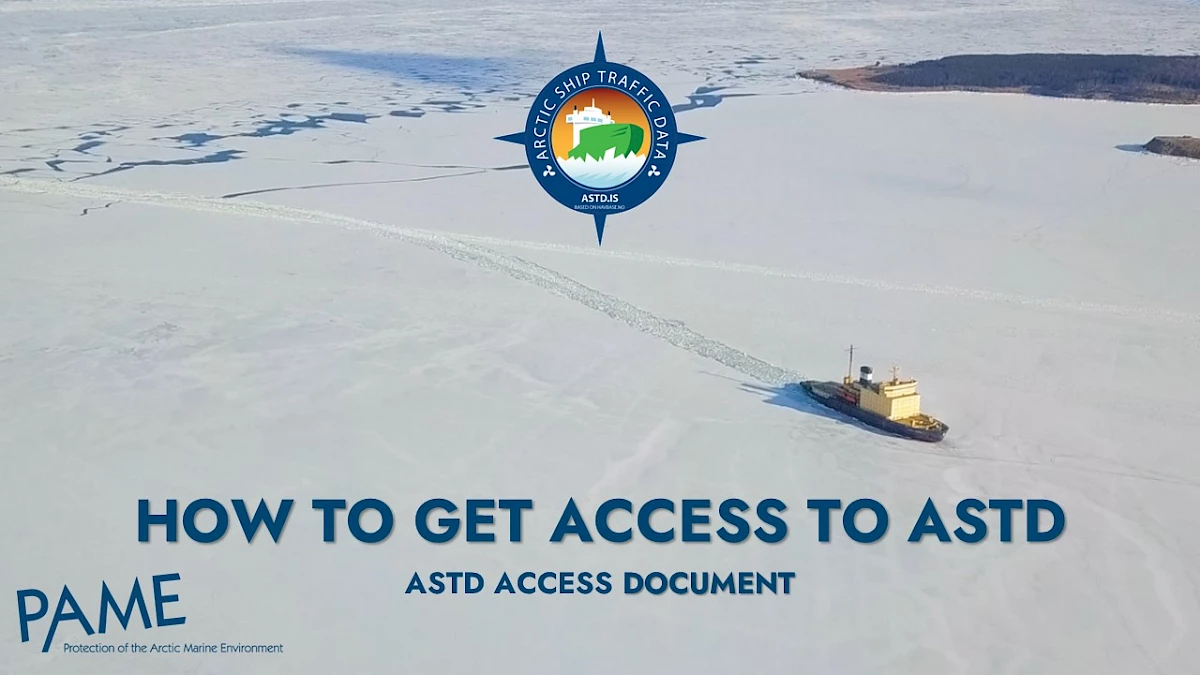
ASTD ACCESS DOCUMENT
This document outlines who can get access to ASTD. Click to view.
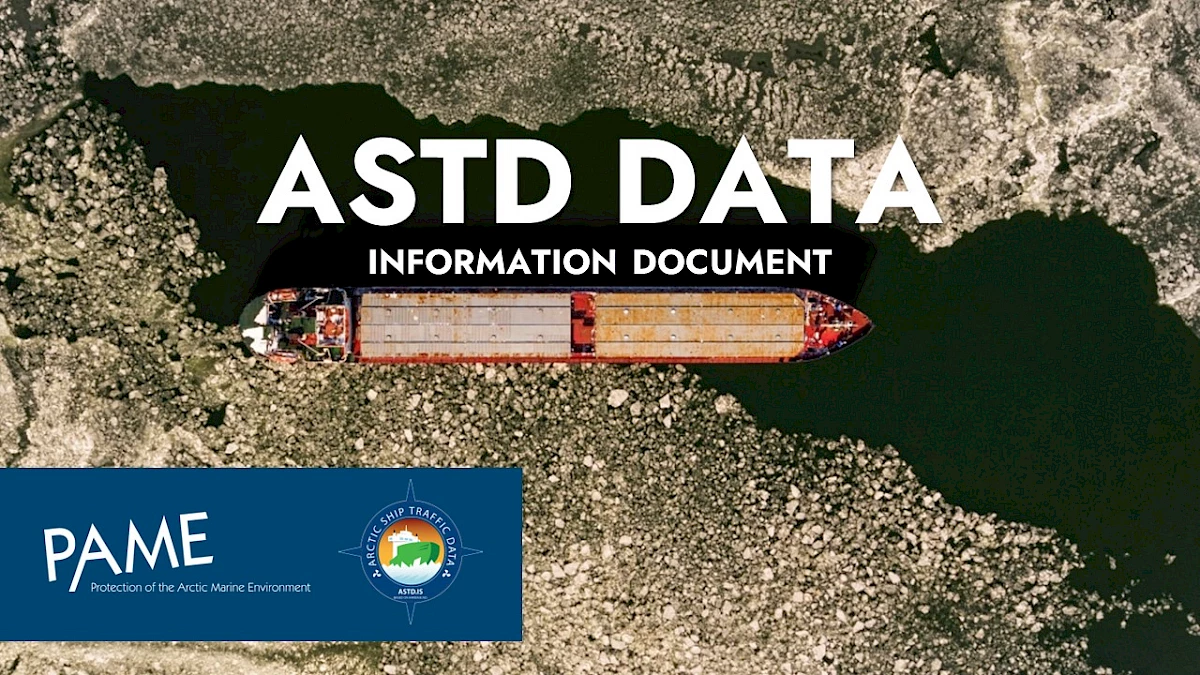
ASTD DATA DOCUMENT
What data is contained in ASTD? Where does it come from? How does it work? See more information on ASTD data collection, data quality, AIS limitations etc. Click to download.
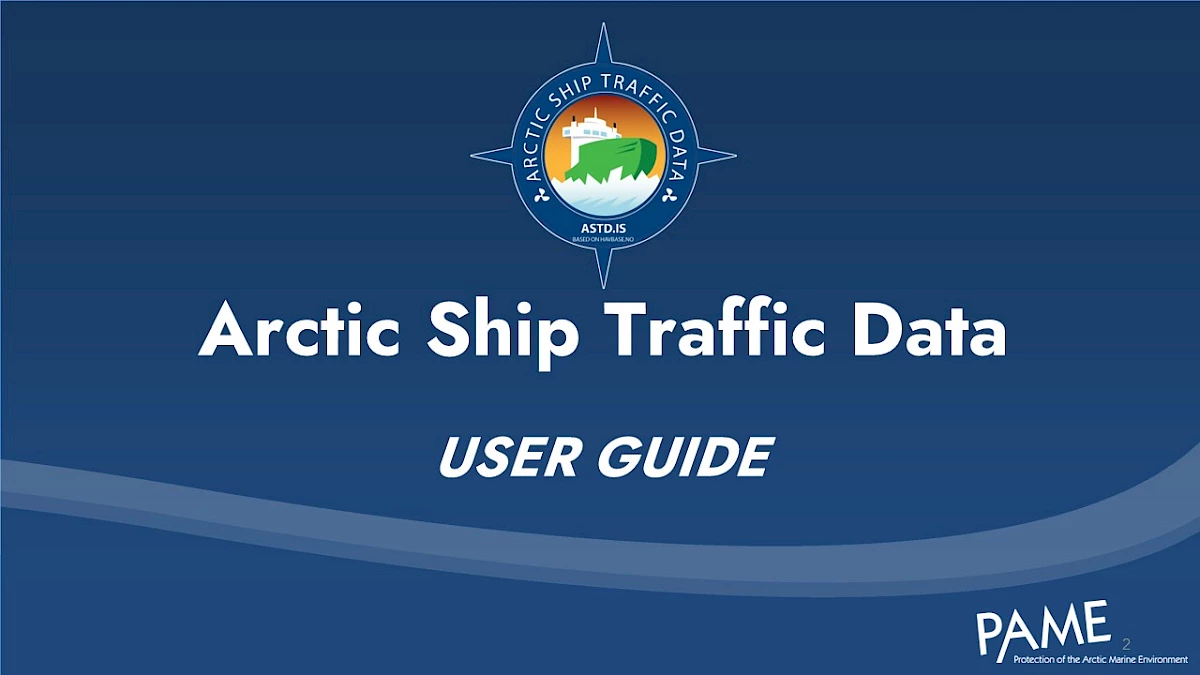
ASTD USER GUIDE
The User Guide helps current and future users of the ASTD System. The document gives insight into how the System looks and works. Download here.
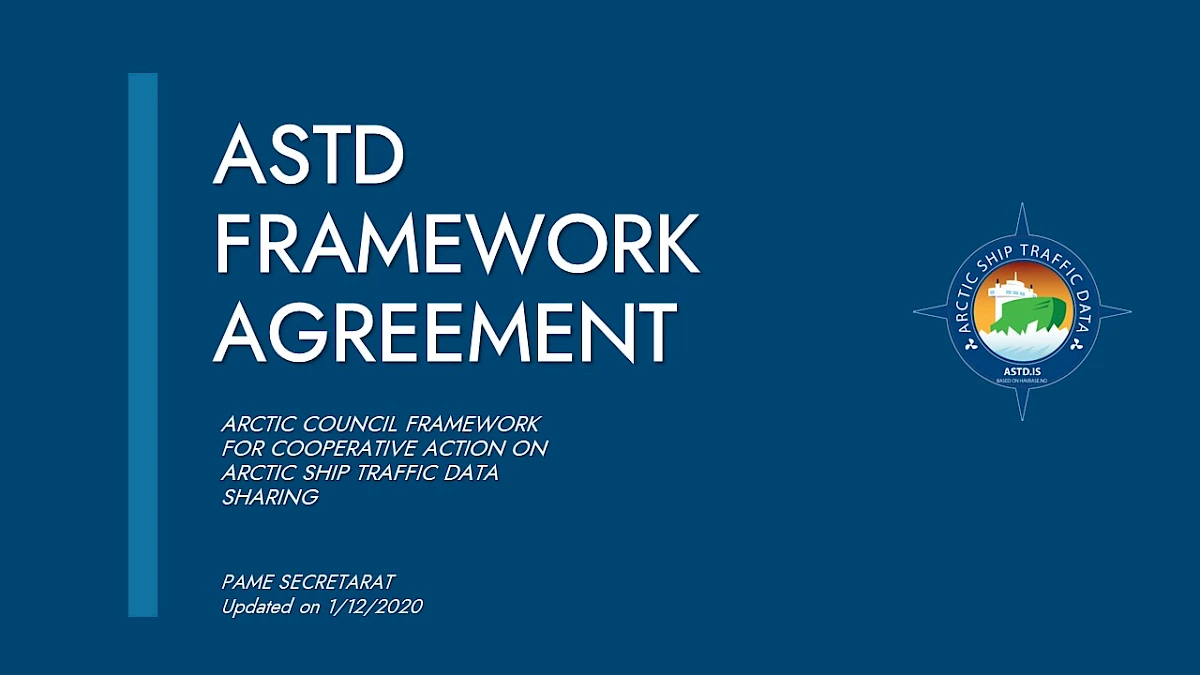
ASTD FRAMEWORK AGREEMENT
The project is governed by the Cooperative Agreement among the Arctic States Regarding Arctic Ship Traffic Data Sharing. Download here.
Apply for ASTD Access
To gain access to ASTD, users fill in an application and submit to pame@pame.is.
Who can apply?
- Arctic States's national government agencies and ministries (ASTD Participant States)
- Arctic Council Observers (government agnecies and ministries)
- Students (limited free access)
- Bona Fide Media Organizartions (limited free access)
- Not-for-Profit Professional, Academic, Research, and Environmental Organizations
ASTD SYSTEM
For ASTD users, the ASTD System can be accessed here. A username and password is required to log in.
For more information, please contact the PAME Secretariat (pame@pame.is).
SCOPE
The image to the right shows the geographic scope of ASTD, ASTD collects data from within that area only.
Data can be extracted from any area, within this scope.
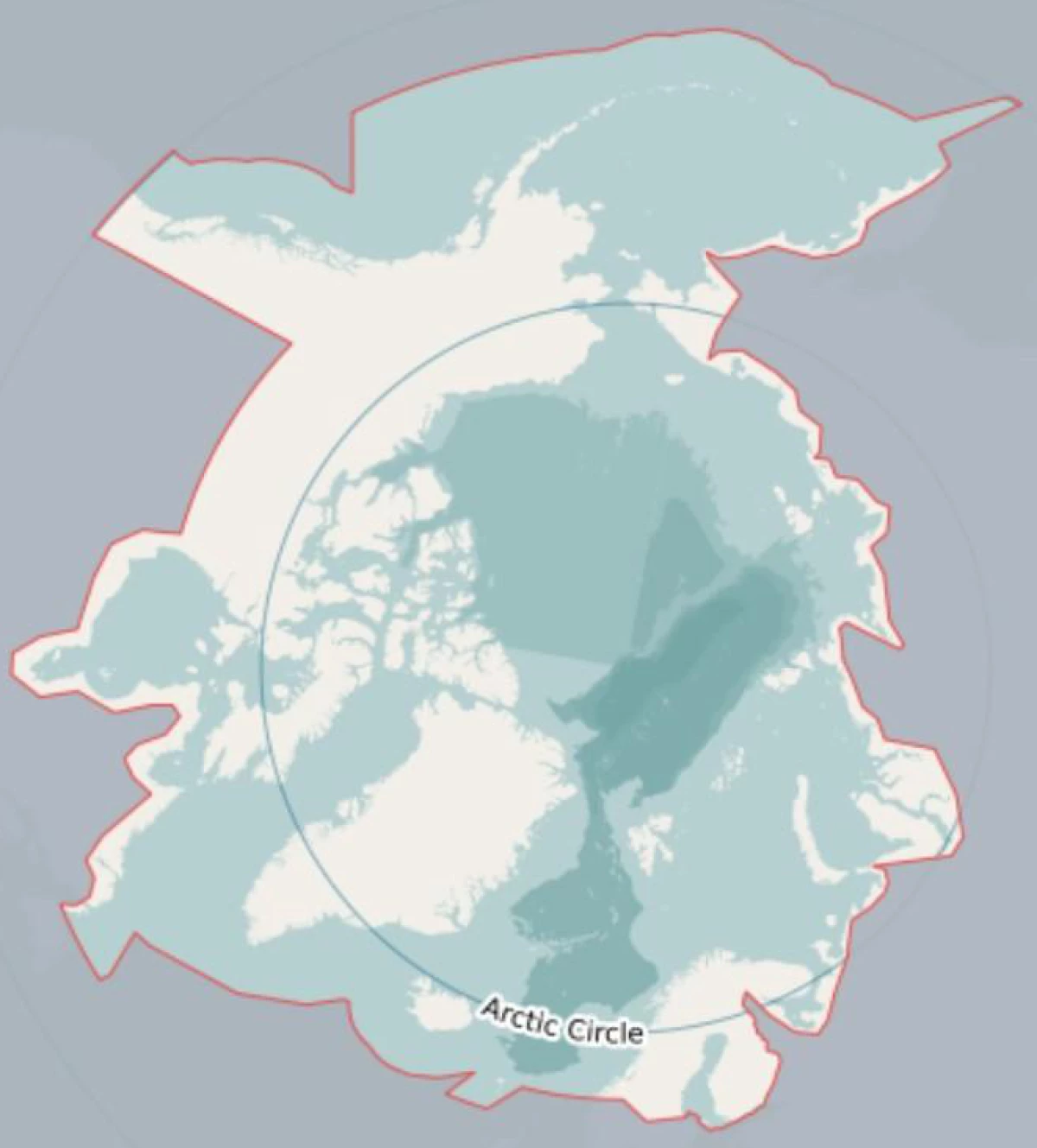
Sample of use of ASTD data
- Arctic blue corridors: Safeguarding migrating whales from growing pressures for a connected Arctic Ocean (WWF Global Arctic Programme, 20 September 2024)
- Linking ship-associated emissions and resource development in the Arctic: Trends and predictions along the Northern Sea Route. Nikolai Figenschau et al.
- Seasonal and Spatial Variability of Atmospheric Emissions from Shipping along the Northern Sea Route. Nikolai Figenschau and Jinmei Lu.
- WWF: Map of ArcNet Priority areas for Conservation and ship traffic in hours from 2015-2019.
- U.S. Committee on the Marine Transportation System (2019). A Ten-Year Projection of Maritime Activity in the U.S. Arctic Region, 2020–2030.
- App4Sea: Density Maps of yearly Arctic shipping traffic
- National Geographic: Story on Arctic Shipping
- Ocean-entry timing and marine habitat-use of Canadian Dolly Varden: Dispersal among conservation, hydrocarbon exploration, and shipping areas in the Beaufort Sea. Published by Estuarine, Coastal and Shelf Science 262 (2021)
- Informed Decision Making for Sustainability
Ongoing projects include:
- Heriot-Watt University: Efforts to explore how route planning algorithms can be used to help reduce impacts of shipping on Arctic marine mammals
- Korea Maritime Institute: Arctic Shipping
- Baroud Research Group at Vanderbilt University: Risk analysis of Arctic shipping routes
- The Arctic University of Norway: The relationship between sea ice extent and increased ship traffic & assess how future potential increased shipping activity in the Arctic under global climate change will affect air quality in the region
- World Wildlife Fund: Support research and understanding of impacts of shipping on marine mammals
Institutions and Organizations who have had ASTD access
- Aalto University
- Arctic Monitoring & Assessment Programme (AMAP)
- Arctic University of Norway
- Canadian Coast Guard
- Danish Geodata Agency
- Danish Maritime Authority
- Danish Meteorological Institute
- EFLA, engineering (Iceland)
- Environment Agency of Iceland (Umhverfisstofnun)
- Environment and Climate Change Canada
- Finnish Transport Infrastructure Agency
- Fisheries and Oceans Canada
- Norwegian Fishing Directorate
- German Environment Agency
- GRID-Arendal
- Heriot Watt University
- Icelandic Road and Coastal Administration
- Icelandic Transport Authority
- Institute of Arctic Logistics (Korea)
- Institute of Global Climate an Ecology
- Institute of Marine Research, Norway
- Inuit Circumpolar Council
- Korea Maritime Institute
- MARAD (U.S. Department of Transportation Maritime Administration)
- Nord University, Norway
- Norwegian Mapping Authority
- Norwegian Meteorological Institute
- Ocean Conservancy
- Pacific Northwest National Laboratory
- Pennsylvania State University
- Planning Agency of Iceland
- Polestar Global
- Swedish Agency for Marine and Water Management
- Swedish Transport Agency
- Transport Canada
- U.S. Environmental Protection Agency
- University of Alaska, Fairbanks
- University College, London
- University of Oulu
- University of the Highlands and Islands
- US Coast Guard
- Woodwell Climate Research Center
- WWF
 Arctic Council Working Group
Arctic Council Working Group